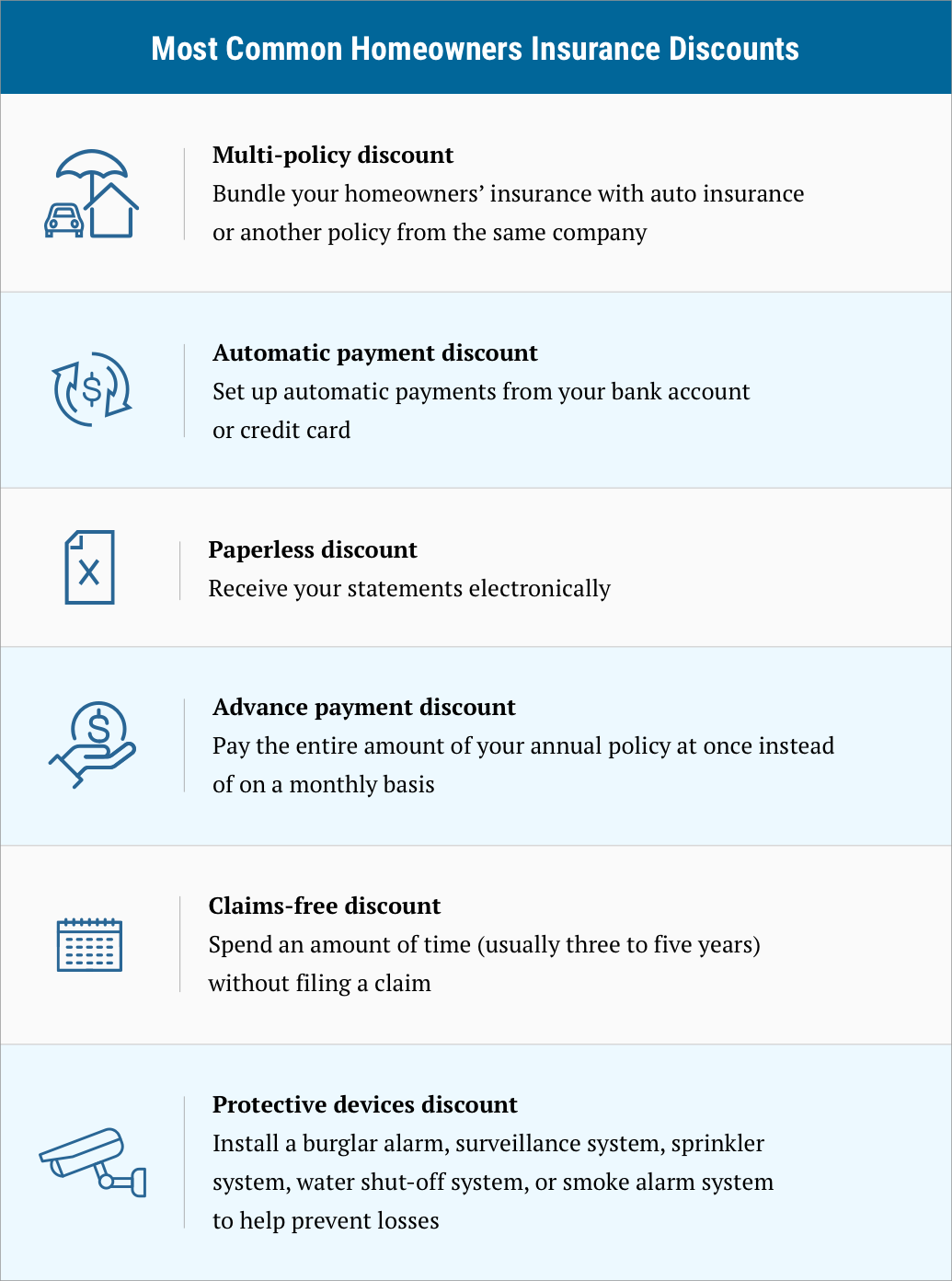
You can save money on car insurance by comparing rates with other drivers. Comparing rates with others drivers is not the only way to save money. You can also lower your liability limits or drop collision and comprehensive coverage. You can increase your deductible. Lastly, you may want to consider purchasing a minimum-coverage policy that meets Indiana's state-required policies.
Compare quotes from several insurance companies to get the cheapest insurance. This is because each insurance company assesses different criteria and weighs them differently. If, for example, you have a different driving record, then each insurance company may charge more.
Indiana's insurance rates can be lower if you are a safe driver and don't have tickets. Most auto insurance companies think that drivers with a clean record are less likely to make claims than those with a suspended or revoked license, or with multiple tickets.
A good credit rating is also a way to reduce the cost of car insurance. Many insurers will use your credit score to predict whether you are likely to pay on time and to assess your risk.

Insurers also use credit scores to rate your risks based on factors like how much you have to pay for loans and other debts. A low credit score can lead to a higher premium for car insurance.
Also, it's important to know the differences between full-coverage and limited coverage. Full coverage protects against damages caused by theft, accidents, vandalism, or natural disasters. The policy includes liability protection in case you are found to be at fault.
The most common type of insurance, full coverage typically costs around $1,500 a year. It can be particularly expensive if you have a history of fender benders, speeding tickets, or DUIs.
Some insurers, including Geico and Grange Mutual, have special programs for drivers with bad credit. If you're in the market for a new policy, these companies are worth checking out.
The rates of young drivers tend to be higher than the rates of older drivers. This is why you should shop around. Some insurers give discounts to teens who have taken driver education classes, while others offer a discount when you add a student on an existing insurance policy.

A teen driver can also find lower rates with an auto-owners policy, which covers the vehicle and the owner. This policy type is usually the most affordable for teen drivers that aren't driving yet.
When you know how to get the right Indiana car insurance, it's easy. The best way to find the right price for you is by evaluating your priorities.
It is important to keep track of changes in your driving record, as this will determine the rate at which you are insured. You can use our car-insurance calculator to understand the effect of a ticket, accident or other event on your insurance premium.